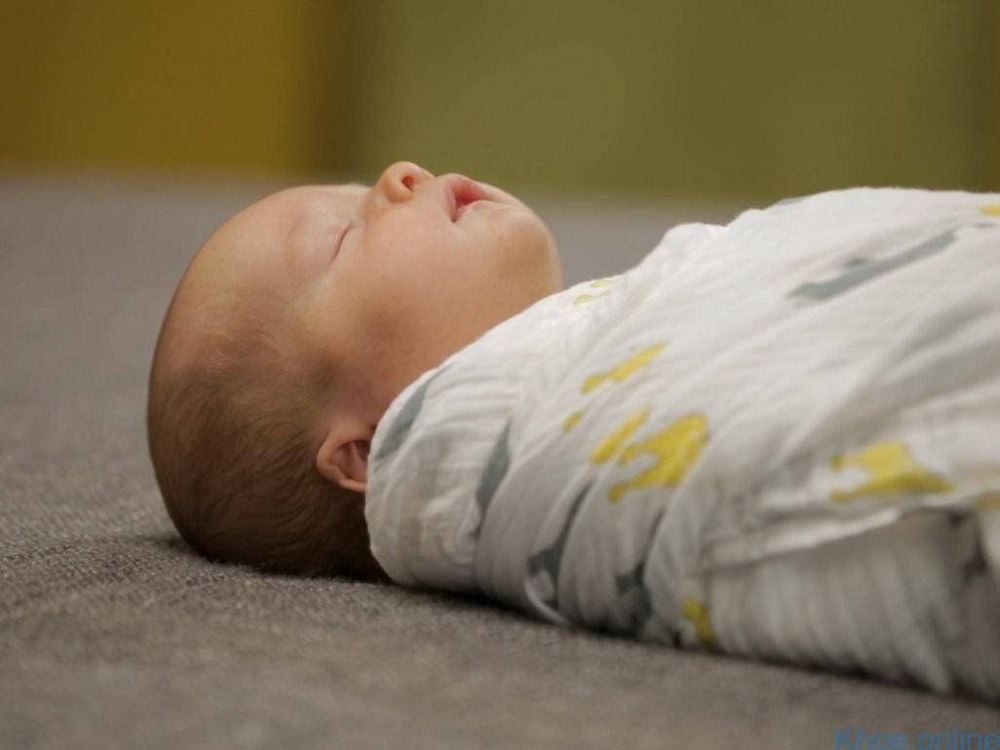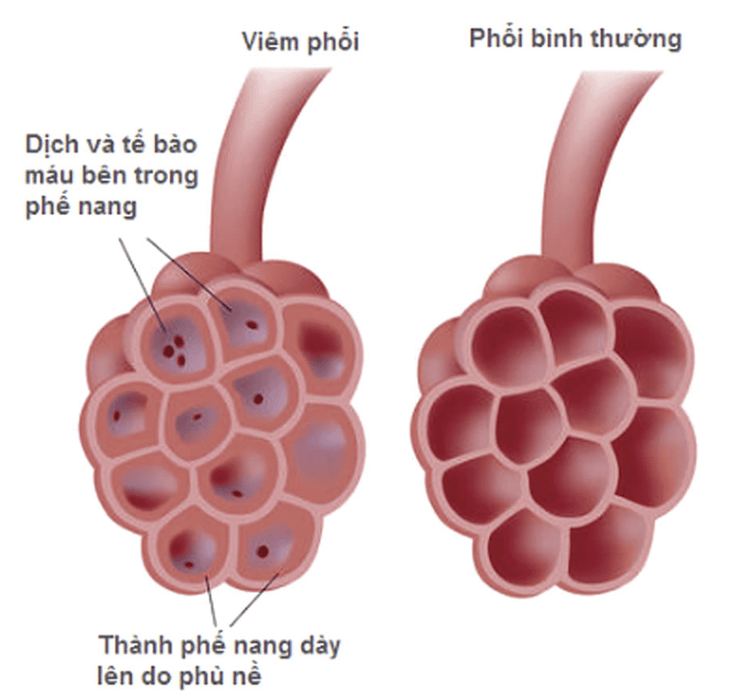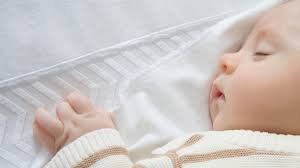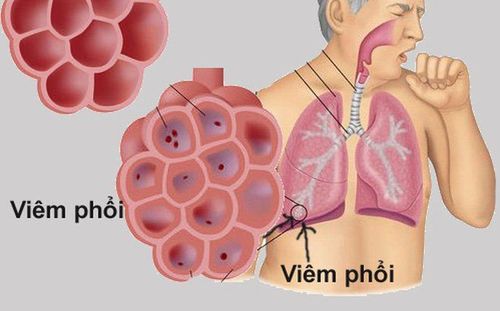This is an automatically translated article.
The article is professionally consulted by Master, Doctor Nguyen Nam Phong - Pediatrician - Department of Pediatrics - Neonatology, Vinmec Phu Quoc International General HospitalKnowing how to count breaths can help detect pneumonia quickly and accurately to have a treatment plan, timely intervention, and prevent dangerous complications that may occur. Especially for infants who often have periodic inhalation and exhalation, it is very necessary to monitor the child's breathing to detect pneumonia.
1. What is a normal baby's breathing rate?
For infants, rapid breathing is the earliest warning sign of pneumonia. In many cases, a baby can stop breathing for longer than 5 seconds is nothing to worry about, this is normal and changes as the child gets older.
Normal breathing rate of an infant under 1 month of age is about 40-60 times/minute on average, and a baby under 6 months old is about 35-40 times/minute. Similarly, parents can monitor their child's normal or abnormal breathing through the following breathing rate indicators:
Children < 2 months old: Breathing rate > 60 breaths/minute; Children from 2 months to 11 months of age: Breathing rate > 50 times/minute; Children from 12 months old to 60 months old: Breathing rate > 40 times/minute. In addition to the child's breathing, if the child has symptoms such as cough, low-grade fever, chest indrawing when inhaling, pale body, fatigued breathing, wheezing or stridor, lethargy, difficulty waking or wheezing. ... it is very likely that the child has contracted pneumonia, and needs early examination for timely treatment.

2. Guidelines for monitoring breathing to detect pneumonia in children
Parents can monitor the child's breathing to help detect pneumonia by:
Listen: Mother can put her ear next to the child's mouth and nose and listen to the baby's sound when exhaling, inhaling into the; Look: When the baby is lying quietly, not fussing, the mother can hold the baby in her lap and then lift the baby's shirt up over the chest, observe the position of the abdomen and chest of the child and then start counting within 1 minute, each inhalation and exhalation is one beat, repeat the count about 3 times; Feeling: You can put your cheek next to the baby's mouth and nose to feel the breath and know if the baby has pneumonia or not.
3. Care and treatment of pneumonia in young children
Children are very susceptible to pneumonia, especially children under 3 months old, so care and treatment will be more difficult than adults.
When a child shows signs of pneumonia, parents absolutely must not buy medicine to treat the child at home, but must take the child to a hospital or a reputable medical facility for a specialist doctor to examine and have a plan. suitable treatment. In some cases, children with pneumonia do not need to be hospitalized, but can still be treated at home by a doctor. However, how to give the child the medicine, parents need to pay close attention, recognize the correct form of medicine, give the child the right dose and number of times a day.
In addition, when treating the accompanying signs of pneumonia such as wheezing, fever, etc., it is necessary to give the child adequate food and drink regularly to help strengthen the resistance and the child to quickly recover from the disease. Sometimes it is possible to decongest the child's nose with physiological saline nasal drops daily so that the child can suckle and eat more easily.

In summary, pneumonia in children is a fairly common disease, if treatment is delayed, the risk of life-threatening complications will be very high. Therefore, when monitoring the breathing rate in a child, if there are abnormal signs, it is necessary to quickly take the child to the hospital so that the doctors can conduct an accurate examination, diagnosis and timely treatment measures. time.
Children at any stage are very susceptible to pneumonia. Therefore, parents should add some supporting foods containing lysine ingredients, essential micro-minerals and vitamins such as zinc, chromium, selenium, B vitamins,... to help fully meet their needs. nutrients, while supporting the immune system, enhancing resistance, reducing the risk of upper respiratory tract infections, bronchitis, pneumonia, and flu in children.
Please regularly visit Vinmec.com website and update useful information to take care of your baby and family.
Please dial HOTLINE for more information or register for an appointment HERE. Download MyVinmec app to make appointments faster and to manage your bookings easily.
Reference source: Documents of the Vietnam Society of Cardiology













